Photo by Tim Anderson Jr
Junction Earthworks
Junction Earthworks Preserve. Located in Chillicothe, Ohio, Junction Earthworks Preserve is 266 acres in size and includes two Hopewell-era Earthwork Complexes: Junction Earthworks and Steel Earthworks. Uniting two Hopewell earthworks in one contiguous preserve is a notable first-ever achievement in the quest to conserve Ohio’s indigenous earthworks. Although the earthwork features have been nearly leveled by over a century of plowing, the mounds at Junction Earthworks are selectively mowed to make them visible to the eye and are made more meaningful through interpretive signage. Downloading the free Junction Earthworks App on your phone will further help to bring this ancient ceremonial site to life. Junction Earthworks Preserve is handsomely back-dropped by blue Appalachian hills and bounded by 1.25 miles of shoreline along Paint Creek, not far from its confluence with the Scioto. Attractions include 100 acres of riparian and hillside forest, a showy 70-acre planted prairie that is in peak bloom in early July, and birdwatching in the preserve’s riparian and river terrace forests.
Hiking: Sunrise to Sunset
Location: 39°19'04.3"N 83°00'45.8"W
A note on ticks & chiggers
Download and Go! - Hiking Guide and more information.
A dog owner's guide to hiking the Arc of Appalachia
Download the Junction Earthworks App - iOS Android
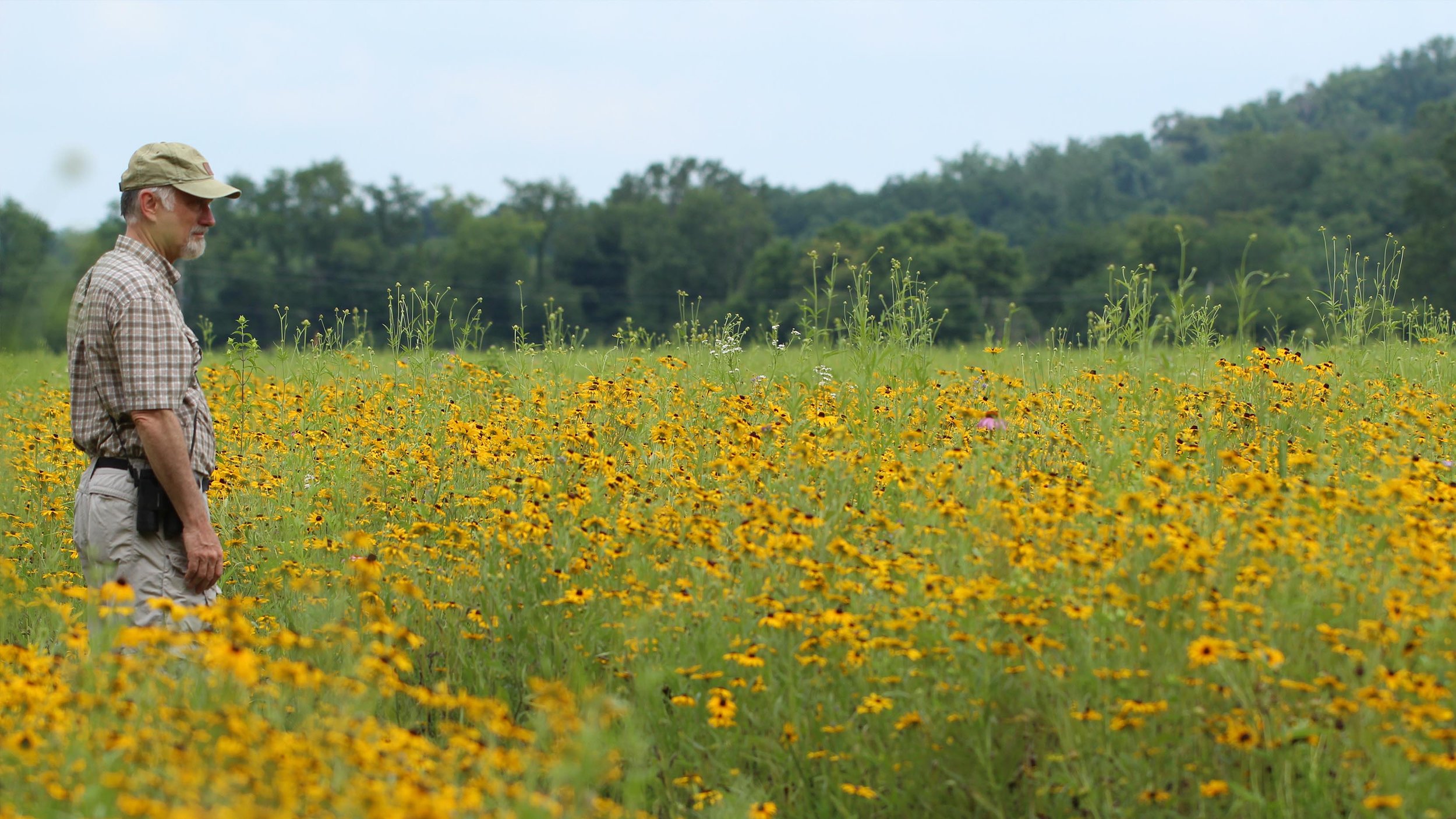
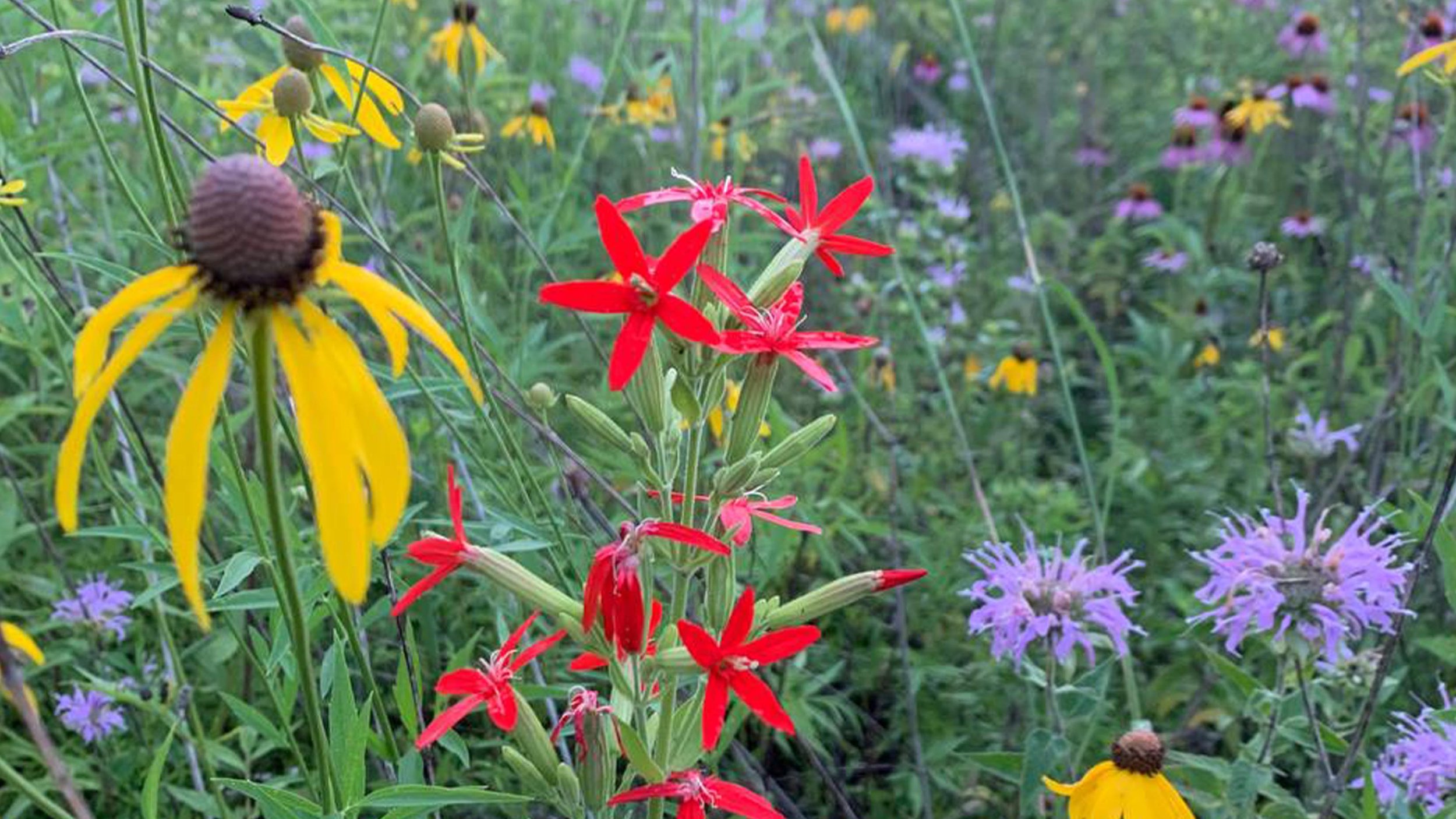

Mississippi Kite Photo By Tom Croce Photography
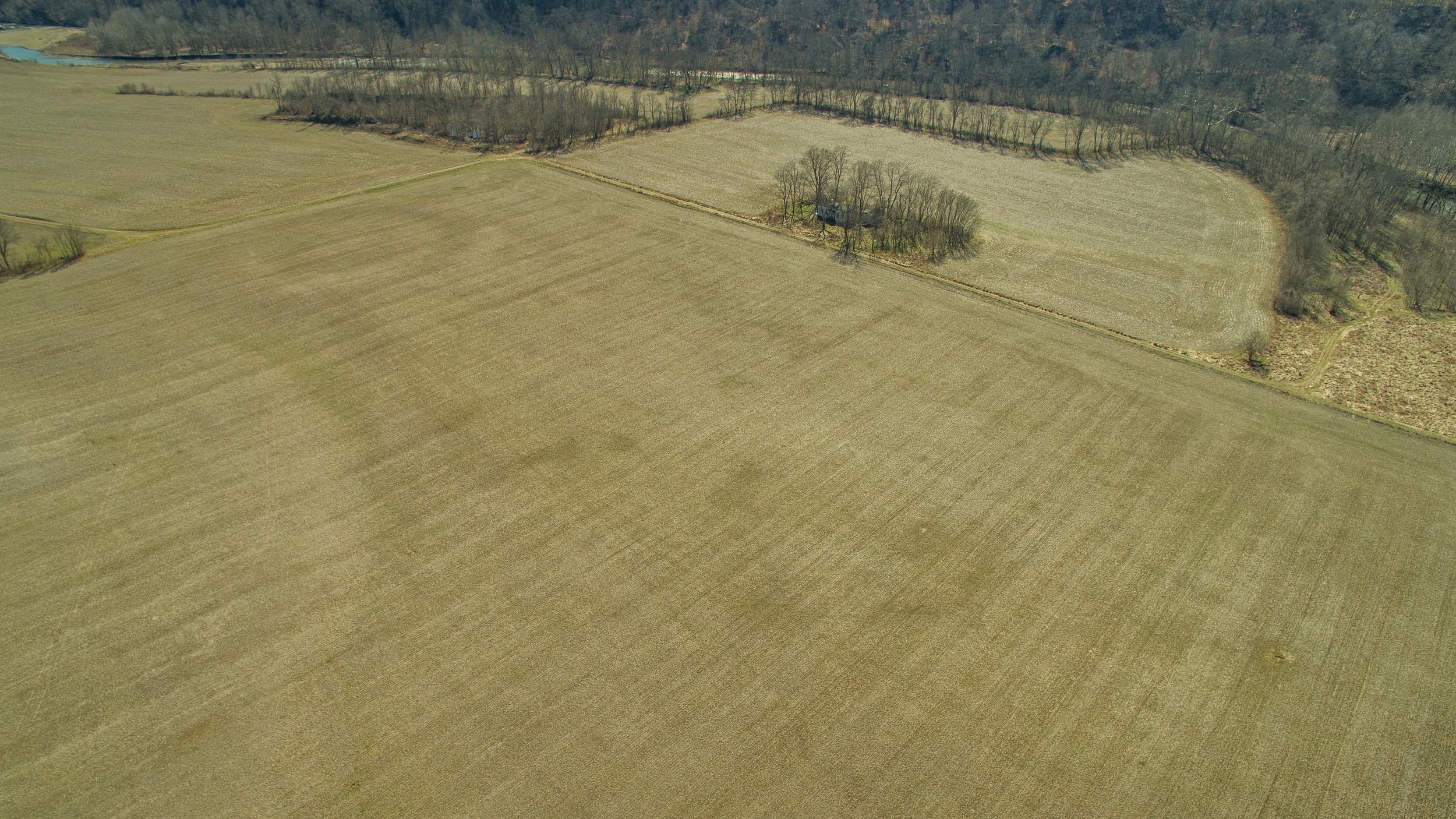
Aerial of Steel Earthworks photo by Tim Anderson Jr
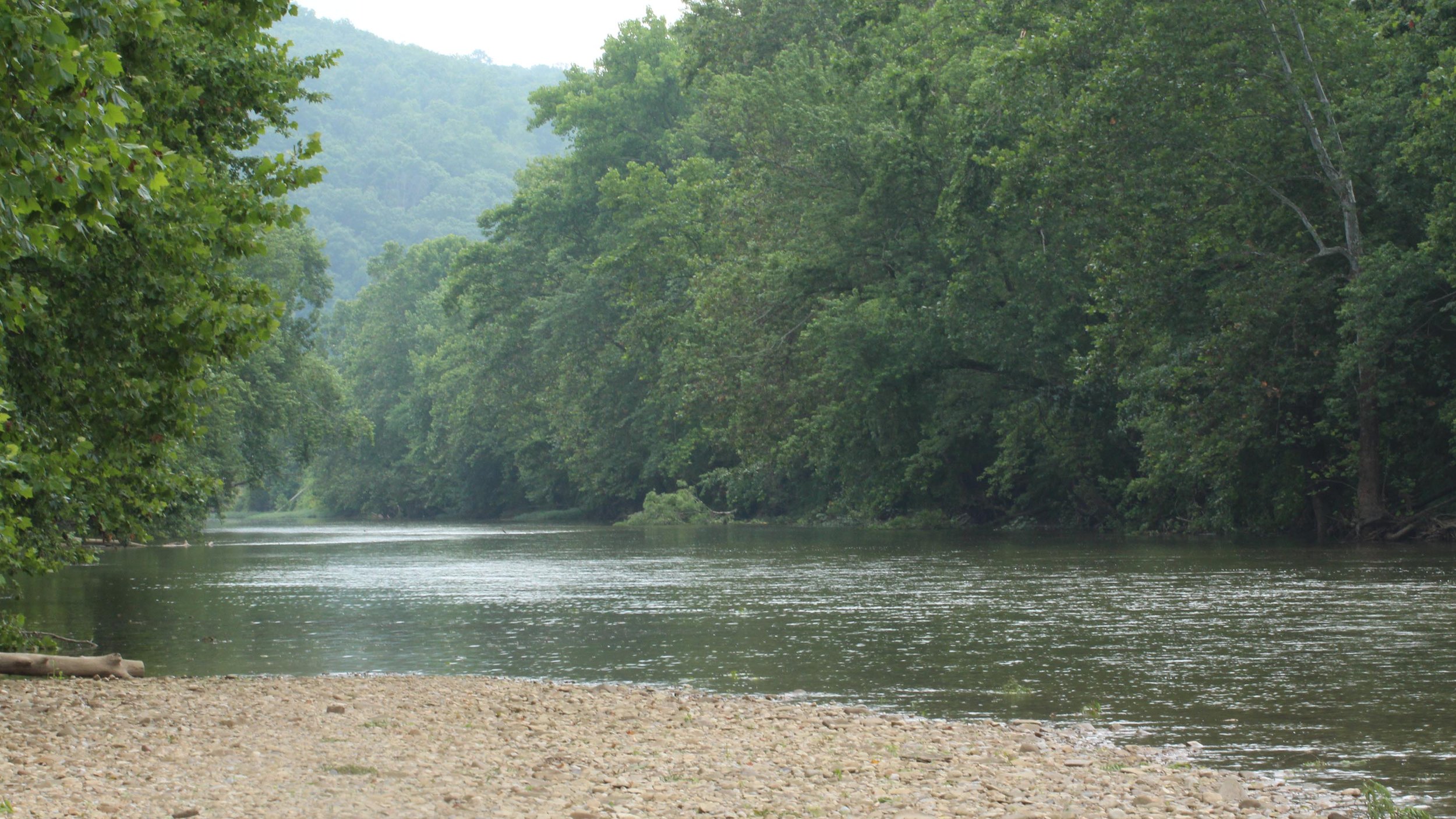
Paint Creek along the Tippecanoe Darter Trail
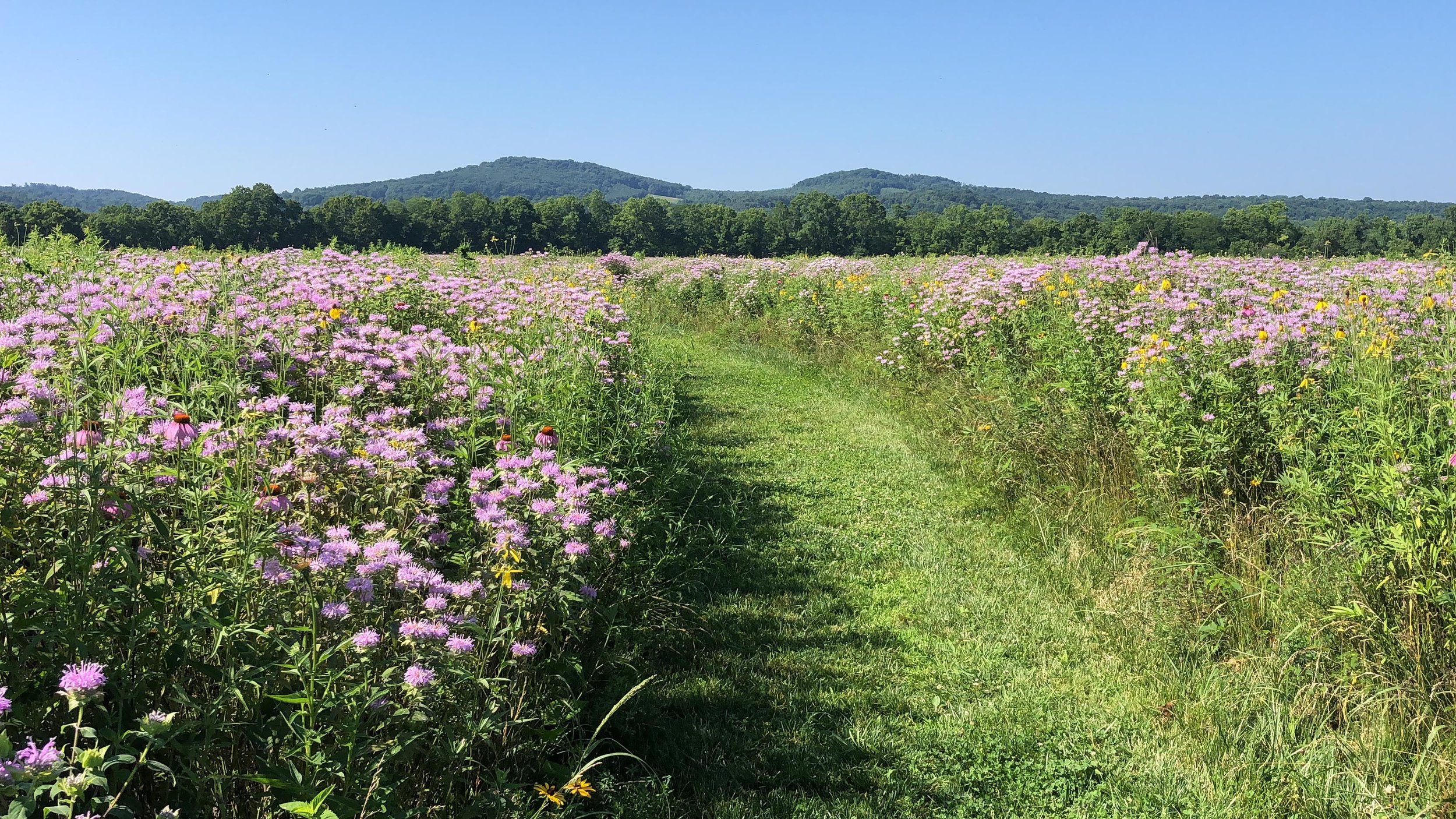
Junction Prairie - Photo by Tim Pohlar

North Fork Branch of Paint Creek near Steel Earthworks
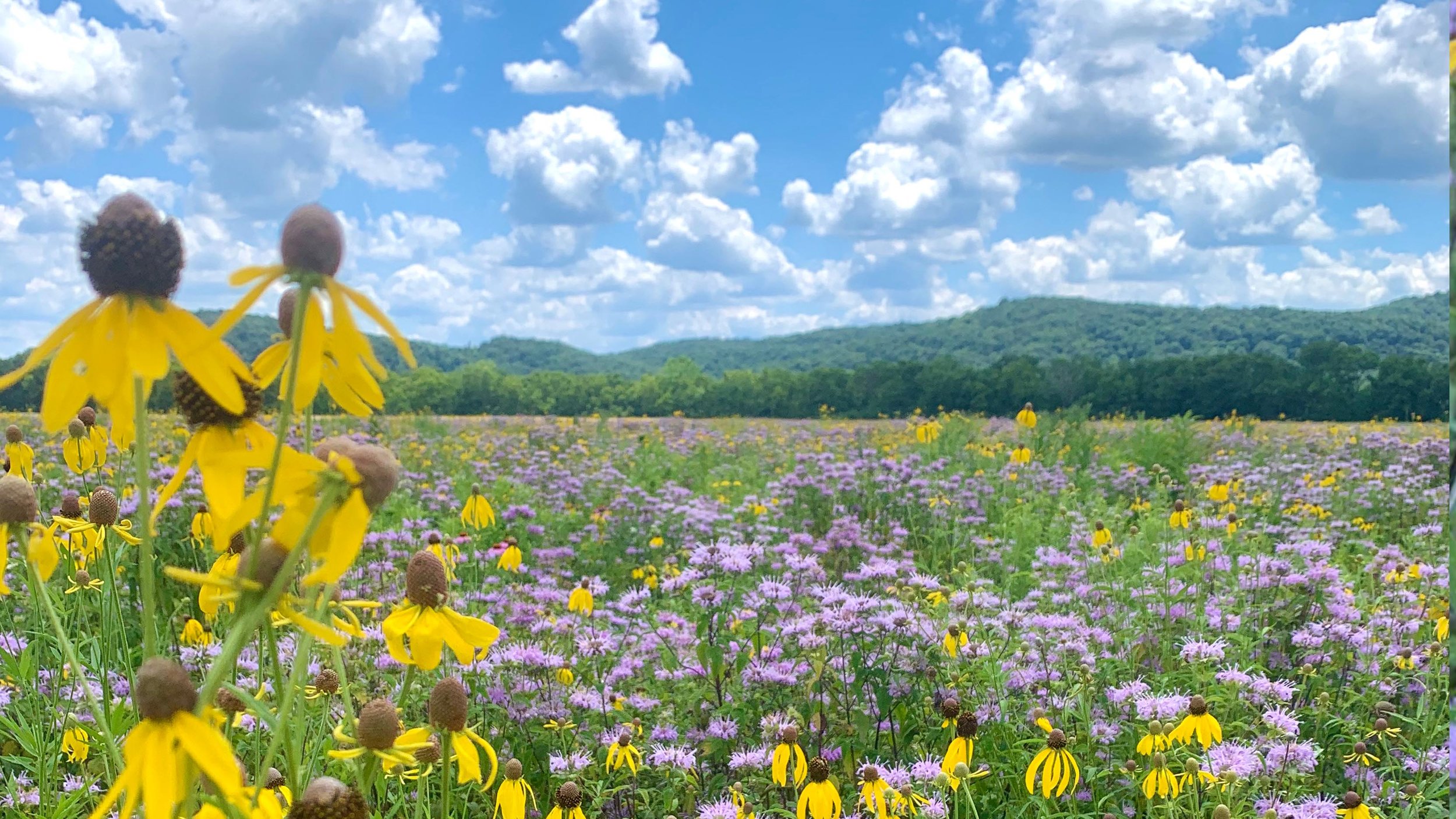
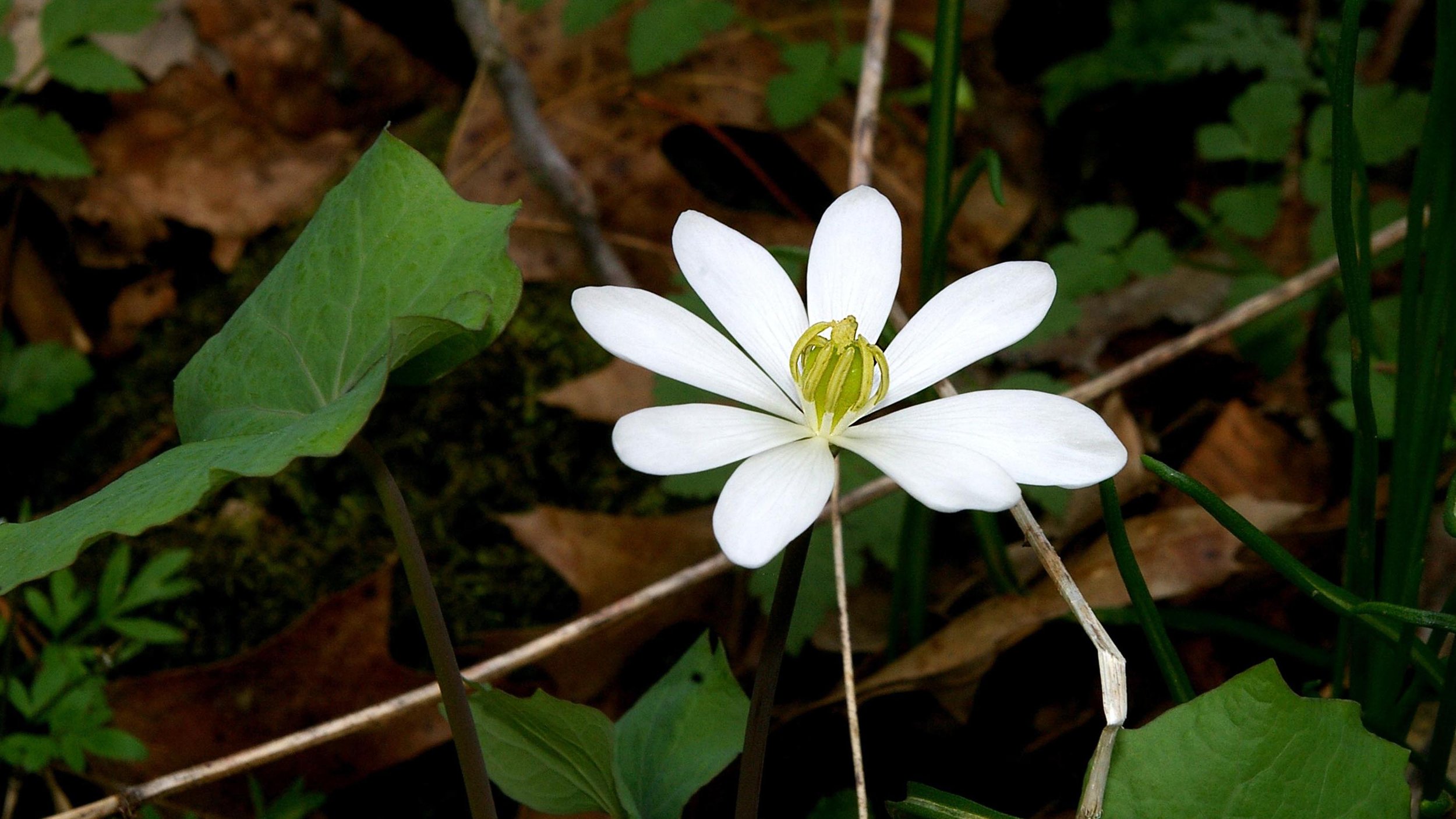
Twin Leaf - Photo by John Howard

Wild Hyacinth - Photo by John Howard
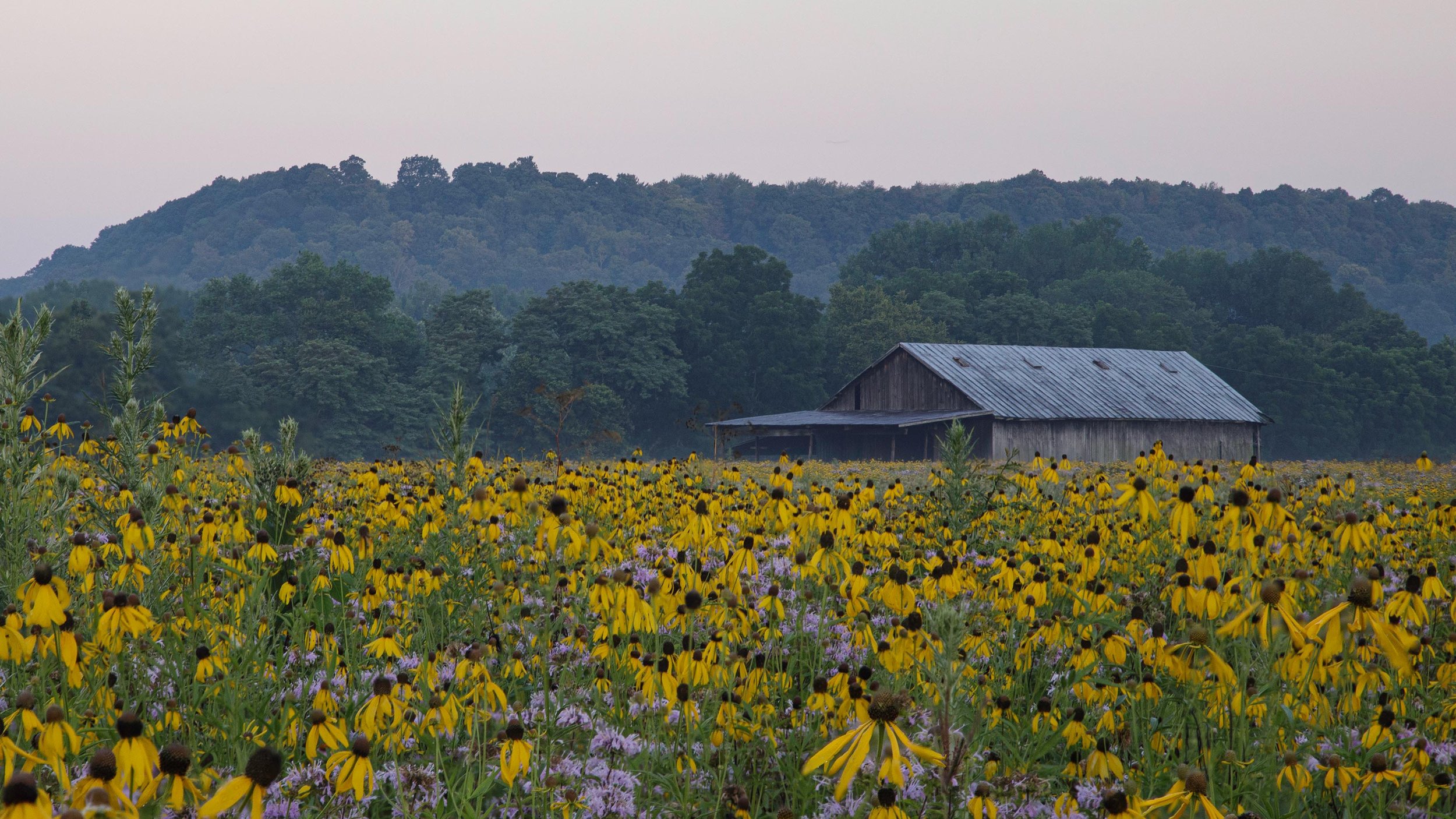
Junction Prairie in Bloom - Photo By Brian Prose

Aerial View of the Junction Earthworks - Photo by Tim Anderson Jr

Eastern Tiger Swallowtail at Junction - Photo by Tom Croce Photography
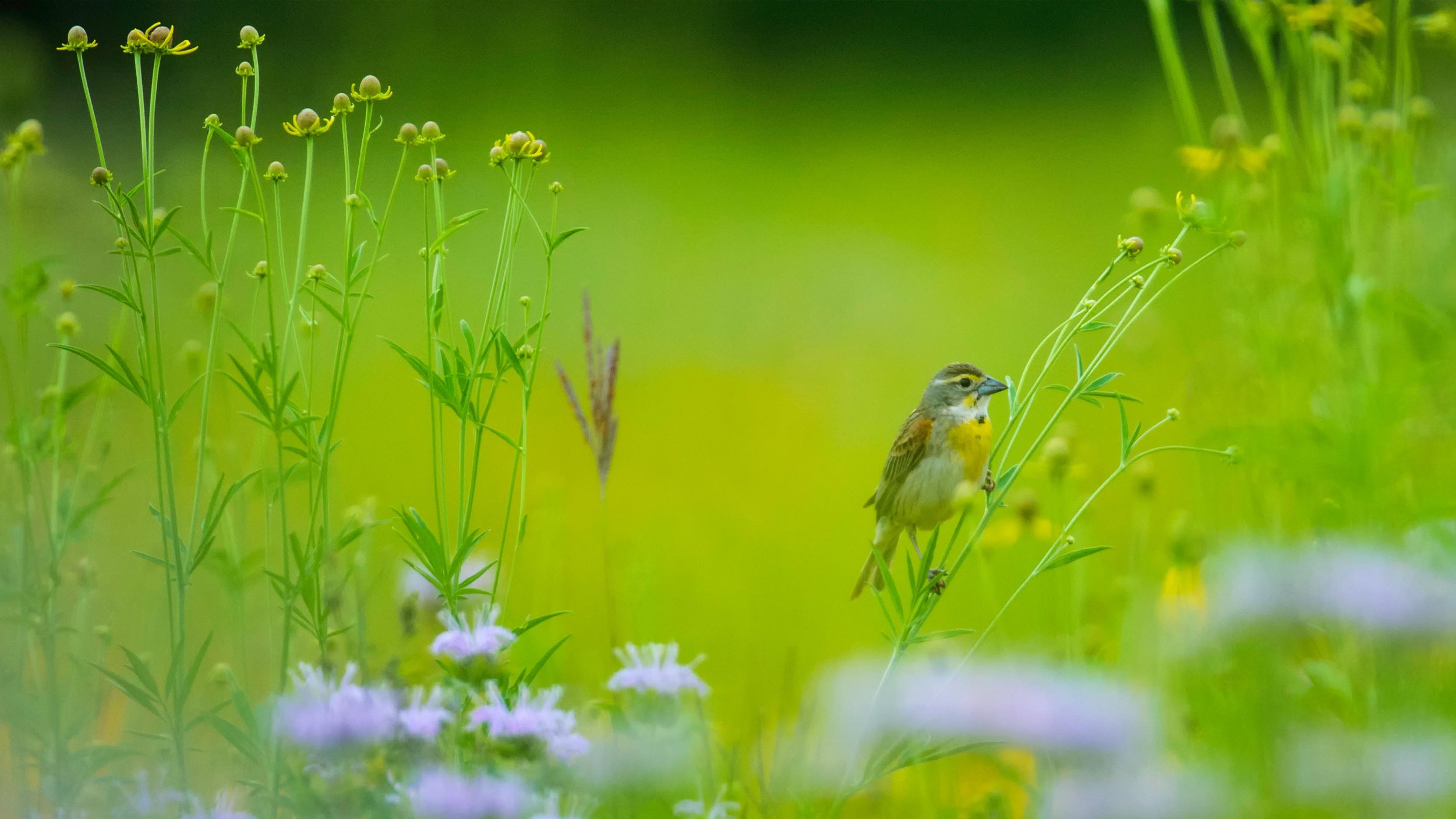
Dickcissel at Junction - Photo by Tom Croce Photography
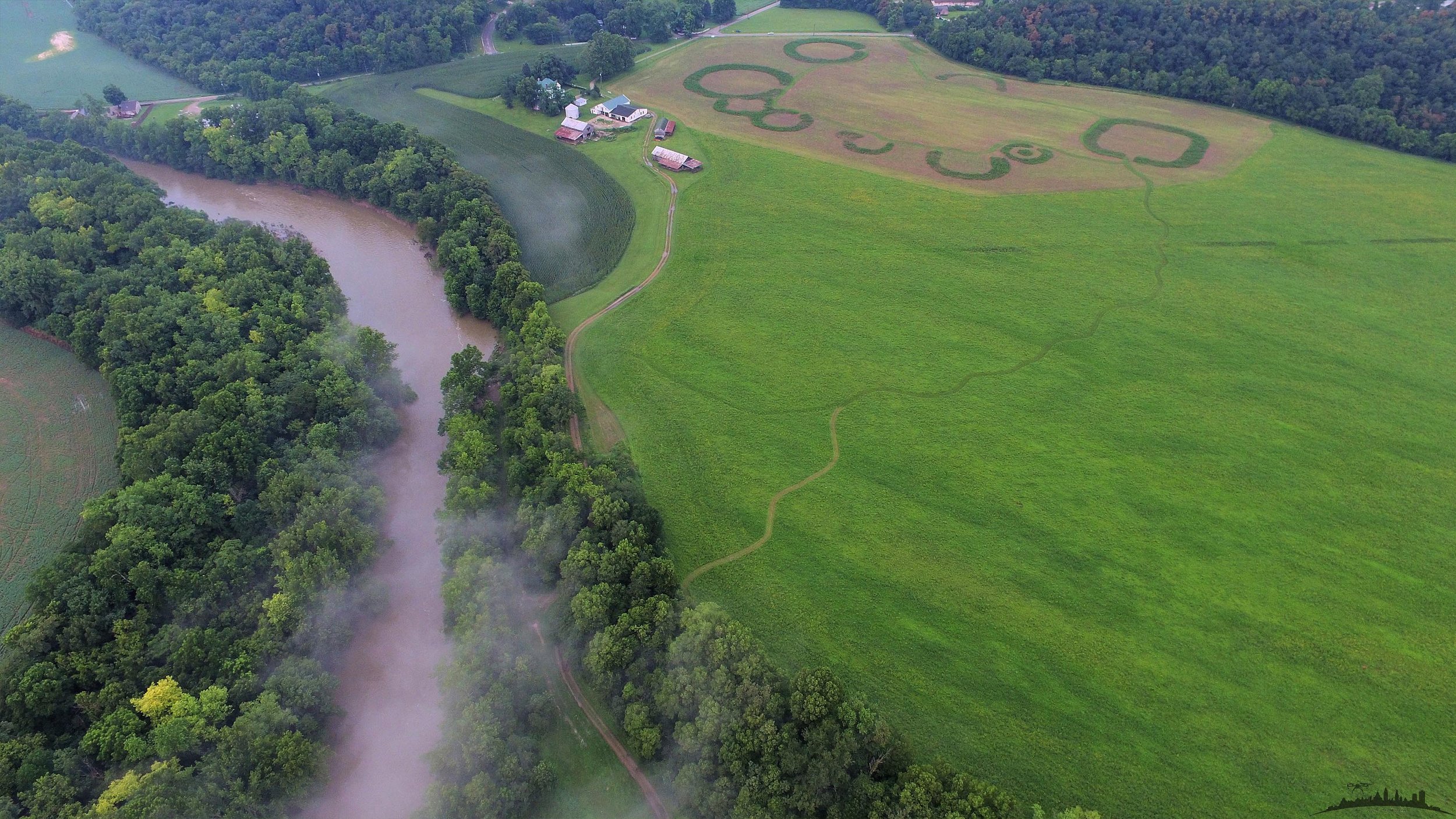
Junction Earthworks and Paint Creek - Photo by Tim Anderson Jr
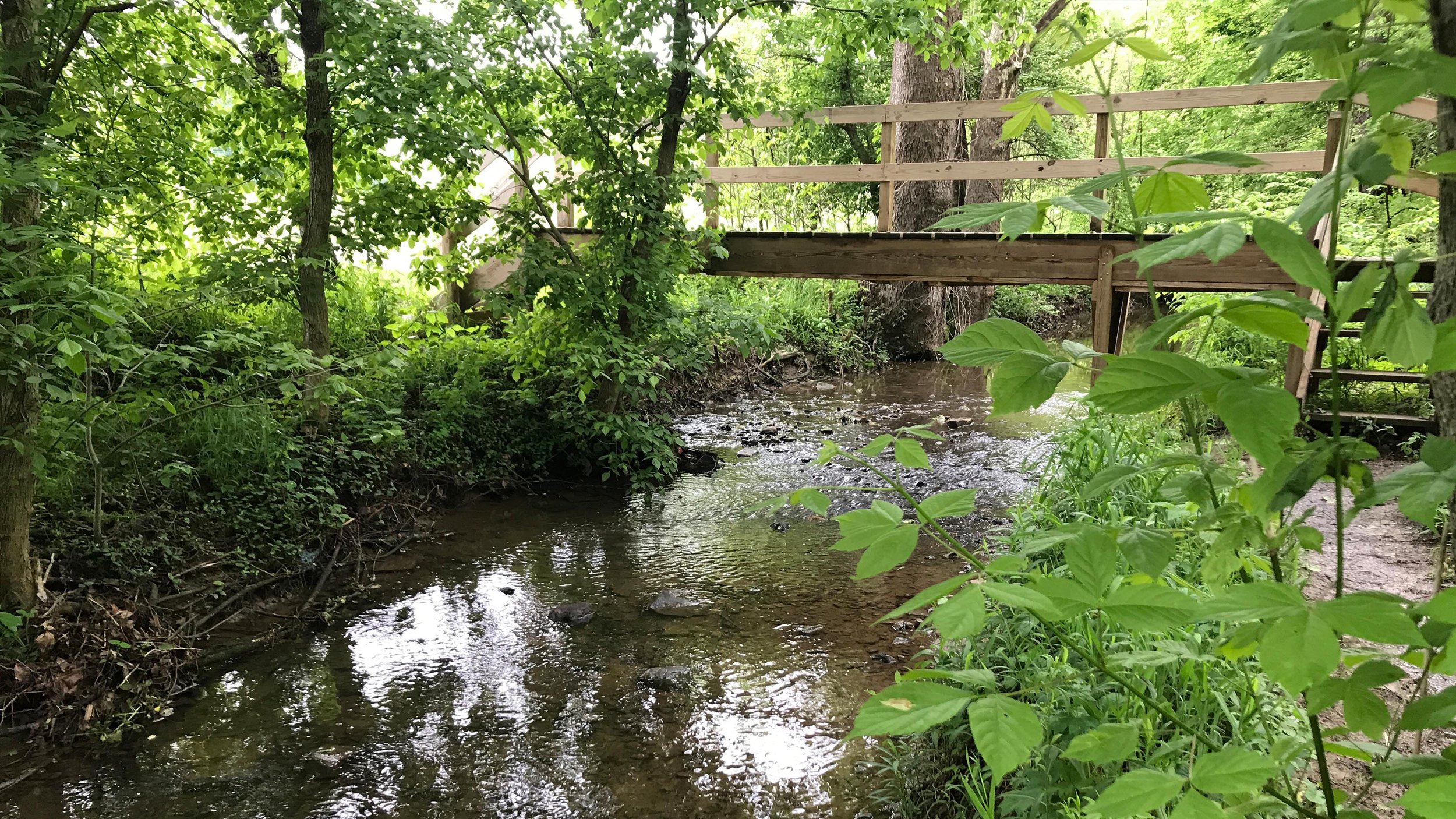
Star Brook Trail at Junction Earthworks
Junction’s Nine Earthwork Features. Junction is composed of nine ceremonial earthworks constructed by the Hopewell Culture roughly 2,000 years ago. In their original form, the ceremonial enclosures were outlined with raised earthen walls and ringed with ditches, together covering 20 acres of land. Even though the earthworks were no longer visible to the eye when the site was purchased, with the modern technology of magnetic surveying and interpretive mowing, the earthworks are once again revealed. Of special significance is one of the earthwork enclosures that is shaped like a four leaf clover, called the Quatrefoil. This geometric shape has never been found in any other Hopewell earthworks. No one knew the Quatrefoil existed until the 2006 magnetic survey revealed its presence. The famous mid-19th century surveyors, Squier & Davis, had erroneously recorded the shape as a circle back in the 1840s, and the error was perpetuated for over 150 years.
Junction is an ancient sacred landscape and remains so today. Earlier partial excavations of the site uncovered associated burials, which were returned to the mounds where they remain today.
Junction’s sister earthworks – Steel Earthworks. Steel Earthworks lies just upstream from Junction on the North Fork tributary of Paint Creek. Steel was also part of the Hopewell Culture’s ceremonial landscape and was likely contemporaneous with Junction. The two sites are now connected with a public hiking path creating ONE united preserve – a first-ever achievement for Hopewell Culture interpretation. Steel is in even better archaeological condition than Junction, with a visible circular earthwork. Steel Earthworks is located on the North Branch of Paint Creek and features even more separate earthworks in its complex than Junction – 12 altogether. Dramatically, a large circular earthworks is still visible to the eye, even though its height has been greatly softened after years of being plowed for agricultural purposes. A one-mile-long connector trail following an abandoned railroad corridor connects Junction with Steel. The connector trail leads to the beginning of the Steel Earthworks Prairie Loop Trail which goes through the circle earthworks feature, and out to the views of the North Branch of Paint Creek. Unlike Junction, Steel is not selectively mowed and the location of its 12 earthworks are not visible to the eye.
Ancient Peoples’ Heartland – the Hopewell Culture. The ceremonial epicenter of the Hopewell heartland was at present day Chillicothe – the county seat of Ross County and the place where the great waterways of the Paint and the Scioto find their confluence. In Ross County alone, approximately two dozen ceremonial earthwork complexes were built on the floodplains – fully two-thirds of all the major Hopewell earthworks ever constructed (virtually all in Ohio). Junction Earthworks and adjacent Steel Earthworks are two of the most intact complexes in Ohio – considering the fact that most of the complexes have been fragmented, broken, and annihilated. The fact that the land composing these two sacred complexes lies entirely under one protective ownership is a remarkable achievement. While much is still unknown about why or how the American Indians constructed these structures, Junction’s earthworks offer a glimpse into the Hopewell Culture’s 2,000-year-old past, and inspires awe and wonder in all who visit this remarkable and stunningly beautiful site.
Junction Earthworks Preserve is a natural treasure too! Junction and Steel have both aquatic and terrestrial treasures. Because of Paint Creek’s exceptional water quality and wildlife habitat, the section of Paint Creek that borders Junction Earthworks Preserve is rich in fish, aquatic insects and freshwater mussels. On Junction’s land base, 73 acres that were previously croplands were planted by Arc staff and volunteers with a specially designed prairie seed mix of fourteen wildflowers and five native grasses to attract pollinators and grassland birds. The plan worked! The field now buzzes with native bees and rings with birdsong. Birds to watch for in the meadow include song sparrows, yellowthroats, indigo buntings, and Henslow’s sparrows. Occasionally near the mowed earthworks the grasshopper sparrow can be heard. In mid-July watch for wildflowers–black eyed Susan, purple coneflower, gray headed coneflower and pale bergamot, all providing colorful panoramas for Junction’s grateful hikers.
The Rich Waters of Paint Creek. The Great Eastern Forest of the United States has several biological attributes of world significance, nearly all of them aquatic. The eastern third of the United States collectively shelters the greatest diversity of salamander, stonefly, fresh-water mussels and crayfish species in all the world. Thanks to the east’s fecundity, North America boasts 10% of the world’s turtle species and 10% of the world’s freshwater fish, including a splendid array of endemic darter species – small, gorgeously colored fish found in fast-moving riffles. In the lower run of Paint Creek before it reaches the Scioto, Paint Creek rebounds from the high impact of agricultural activities upstream. Here the waterway earns Ohio EPA’s highest designation of exceptional warm-water habitat. Over 40 species of fish live in the lower watershed where the preserve protects 1.25 miles of valuable river corridor.
Forest Life. When Junction was purchased in 2014, the forest was completely inundated with invasive shrubs and flowers which had nearly displaced the native flowers and shrubs. Especially dense were bush honeysuckle and multiflora rose, so much so that seeing into the forest more than a few feet in front of one’s face was impossible. The Arc of Appalachia has been working since 2015 with volunteers to remove the non-native vegetation and begin restoring the woodlands to a semblance of their original botanical composition. The native wildflowers, in particular, have made dramatic comebacks. Thousands of man and woman hours have gone into this effort. Please enjoy the result!
The preserve features two forest ecosystems. The Tippecanoe Darter Trail meanders through Dickcissel Prairie and then takes hikers into Hamilton Woods, a tall-canopy floodplain forest dominated by sycamore, black walnut, cottonwood, and box elder. In the spring watch for colonies of Virginia bluebells. The river corridor is an especially good place to go bird watching. Listen for the calls of yellow-throated warblers, cedar waxwings, warbling vireos, scarlet tanagers, summer tanagers, northern orioles, and orchard orioles.
The Star Brook Trail leads hikers into Oliver Woods, a forest on the steep bluffs that overlook the prairie and earthworks. Common trees include white oak, red oak, black oak, shagbark hickory and pawpaw. Listen for peewees, red-eyed vireos, scarlet tanagers, and wood thrushes. Spring flowers include twinleaf, hillsides of wild hyacinth, and spring cress.
Volunteer Forest Stewards Wanted at Junction. Junction’s 100 acres of woods need to be scoured every year to keep the invasive plants we have painstakingly cleared from re-establishing themselves. We need LOTS of volunteers. If you are interested in helping, subscribe to our email list to receive announcements of upcoming work days.

